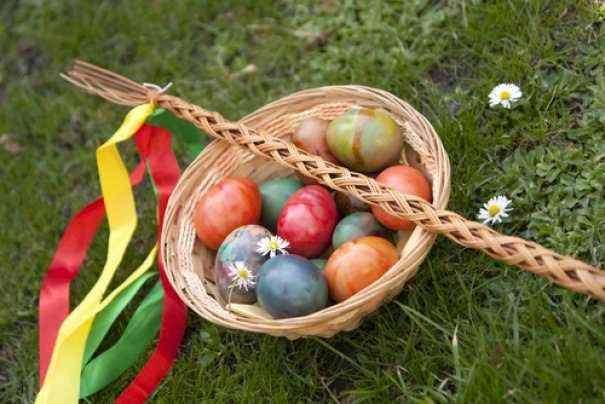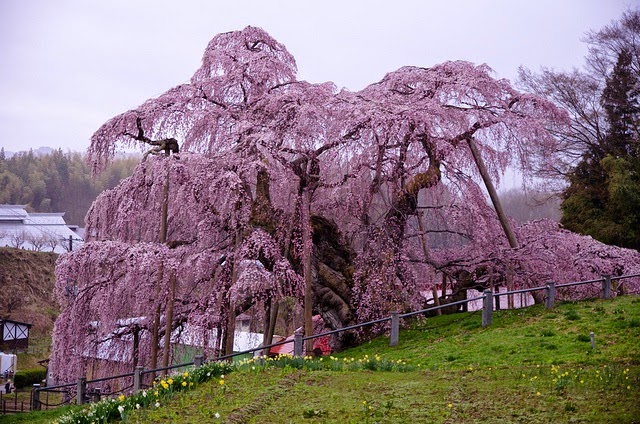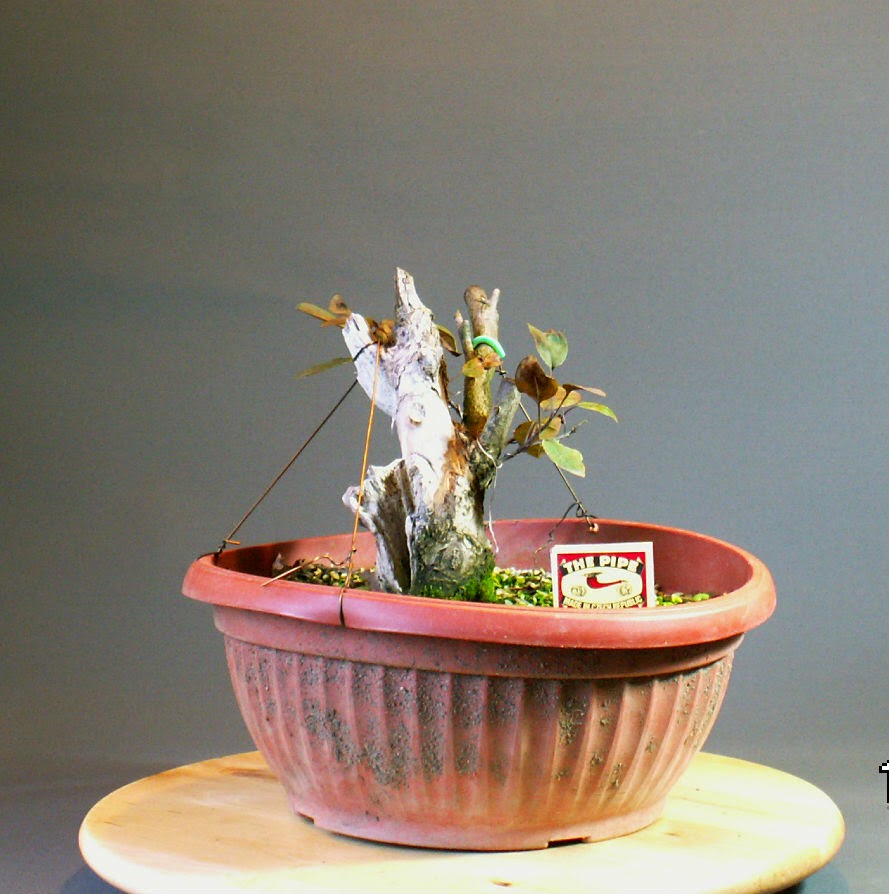Home Made Plant Rooting Hormone

Indolebutyric acid (IBA) is a plant hormone that stimulates root growth. There are many brands commercially available. And there are also numerous natural sources of the same stuff. For those who prefers the natural approach, who are not bothered by some sweat and dirty hands th ere is the Nature with it s pantry full of goodies. The most common source of IBA in my region is a willow tree. Actually, this tree is not only a beautiful solitaire used for centuries in gardening or landscaping to make the embankments of lakes, rivers and ponds firmer. It is also a source of energy for the bees ( pollen) or humans ( biomass ). Chewing the bark of willows has been used to reduce the fever and inflammation as the bark contains salicin that was used to develop aspirin. The whips of willows are also important part of an Eastern seasonal activity. One of the most important Slavic symbols of Easter is a pomlázka , a braided whip made from pussy willow twigs. It has b



